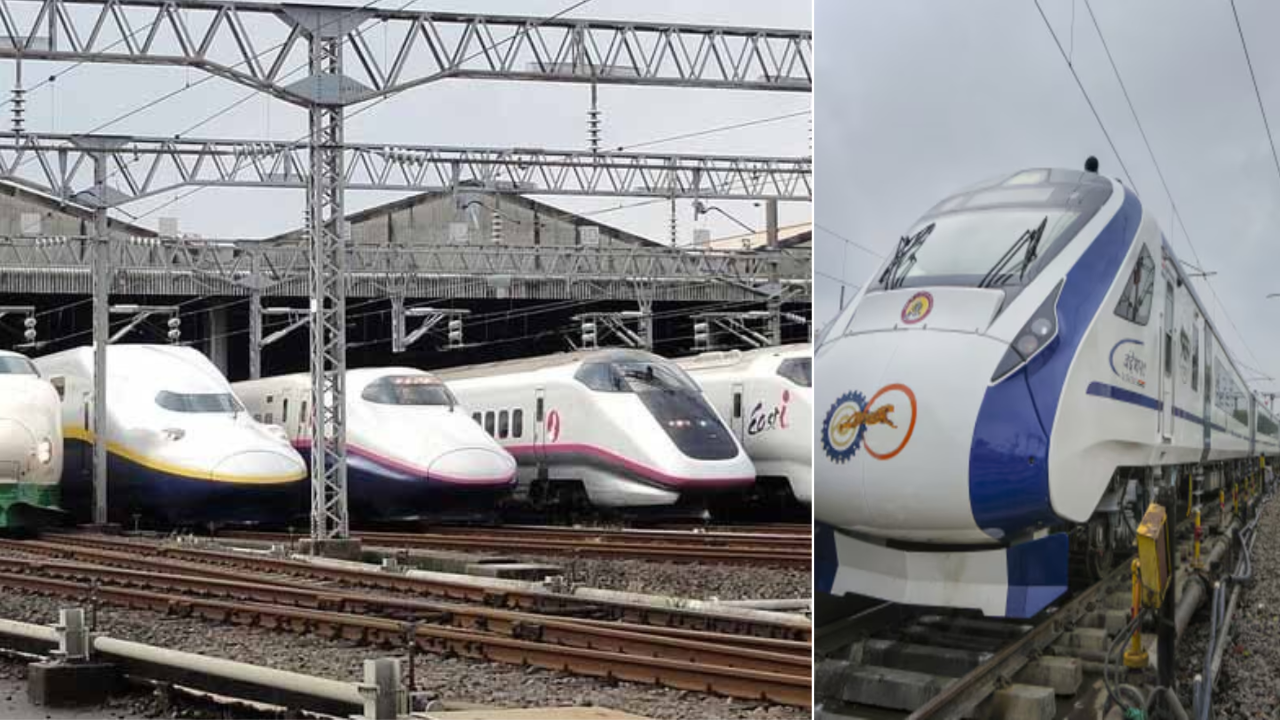Travel, in its simplest form, is a change of location, and when we think of long-distance journeys, the first mode of transport that often comes to mind is the railway. Undoubtedly, rail travel is a comfortable and convenient mode, especially for reaching distant destinations. This article explores the significant role of trains in shaping our daily lives.
Liverpool and Manchester Railway
The era of steam-powered rail travel began with the opening of the Liverpool and Manchester Railway in September 1830. Prior to its construction, most trains were horse-drawn and primarily used for short-distance freight transport. This 31-mile railway connecting Liverpool and Manchester was the first to carry both passengers and freight using steam locomotives. Designed by George Stephenson, this railway boasted a speed of 30 miles per hour and carried over 500,000 passengers in its inaugural year. Its impact extended beyond transportation, significantly influencing England's Industrial Revolution, and its standard gauge (4 feet 8.5 inches) remains a standard in the industry today.
Baltimore and Ohio Railroad
To compete with the commercial boom experienced by New York City following the construction of the Erie Canal, Baltimore leaders proposed a 380-mile rail line connecting the city to the Ohio River at Wheeling, West Virginia. In 1827, the Baltimore and Ohio Railroad became the first American company to charter a railroad for both passenger and freight transport. It also marked the first American railroad to use steam locomotives for regular passenger and freight service. President Andrew Jackson became the first president to ride on this line in 1833, travelling from Ellicott's Mills to Baltimore.
Panama Railroad
The completion of the Panama Railroad in 1855 marked a momentous occasion, connecting the Atlantic and Pacific Oceans via rail for the first time. This 50-mile railroad made arduous journeys across the Isthmus of Panama easier for travellers between the East and West Coasts of the United States. It was particularly popular during the California Gold Rush and remained a vital freight line until the opening of the Panama Canal in 1914.

Lincoln's Funeral Train
Departing Washington, D.C. on April 21, 1865, the train carrying Abraham Lincoln's casket travelled through 180 cities and seven states, reaching his hometown of Springfield, Illinois, nearly two weeks later. Millions of Americans paid tribute along the route. This event not only popularized the funeral industry but also provided considerable publicity for George Pullman's innovative sleeping cars.
Metropolitan Underground Railway
London's underground railway system began operation with the opening of the Metropolitan Underground Railway on January 10, 1863. This marked the world's first metro, connecting the city's financial district with Paddington Station. On its inaugural day, it transported over 30,000 passengers, demonstrating the effectiveness of large-scale transit systems and contributing to the reduction of traffic congestion in the city.
Transcontinental Railroad
The United States achieved a significant milestone on May 10, 1869, with the completion of the country's first transcontinental railroad at Promontory, Utah. Spanning from Sacramento, California, to Omaha, Nebraska, this railroad dramatically reduced travel time from months to less than a week. Crucially, it facilitated the rapid westward expansion of the United States and provided economic access to the West's resources.
Trans-Siberian Railway
The Trans-Siberian Railway, the world's longest and most expensive rail line, was completed in 1916. Spanning eight time zones and over 6,000 miles, it significantly shortened travel time from Moscow to Vladivostok, from months to just eight days. The railway strengthened Russia's centralized control, impacting the country's economy, and influencing events such as the First World War and Russian Revolution. It also facilitated the transport of coal, timber, and other raw materials from Siberia to major Russian cities.







